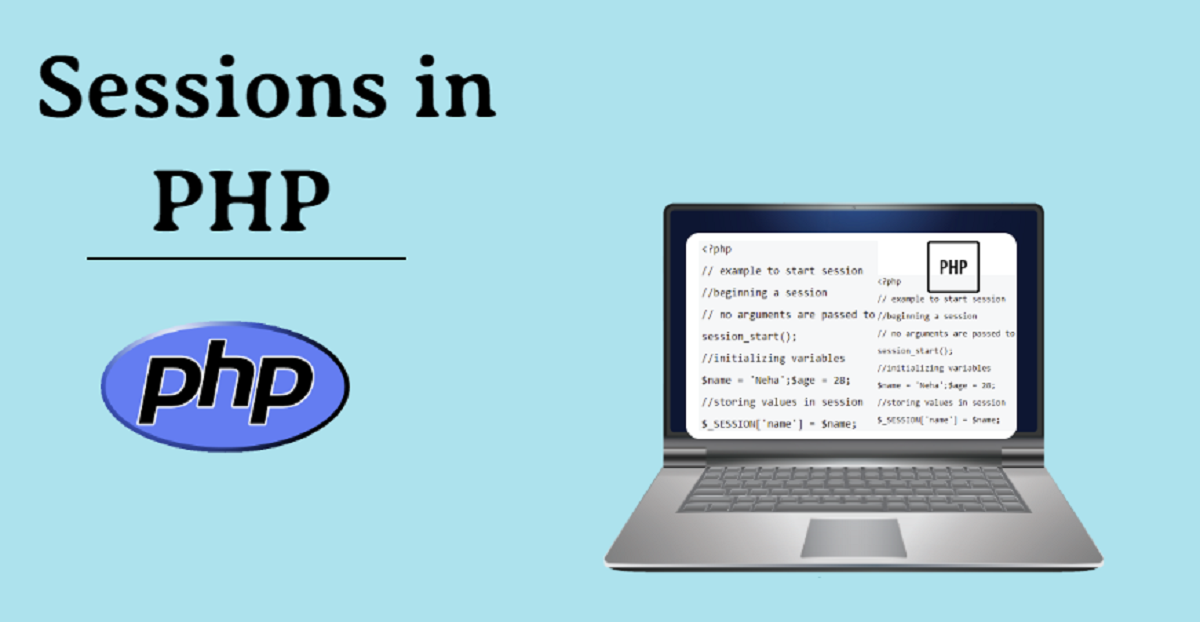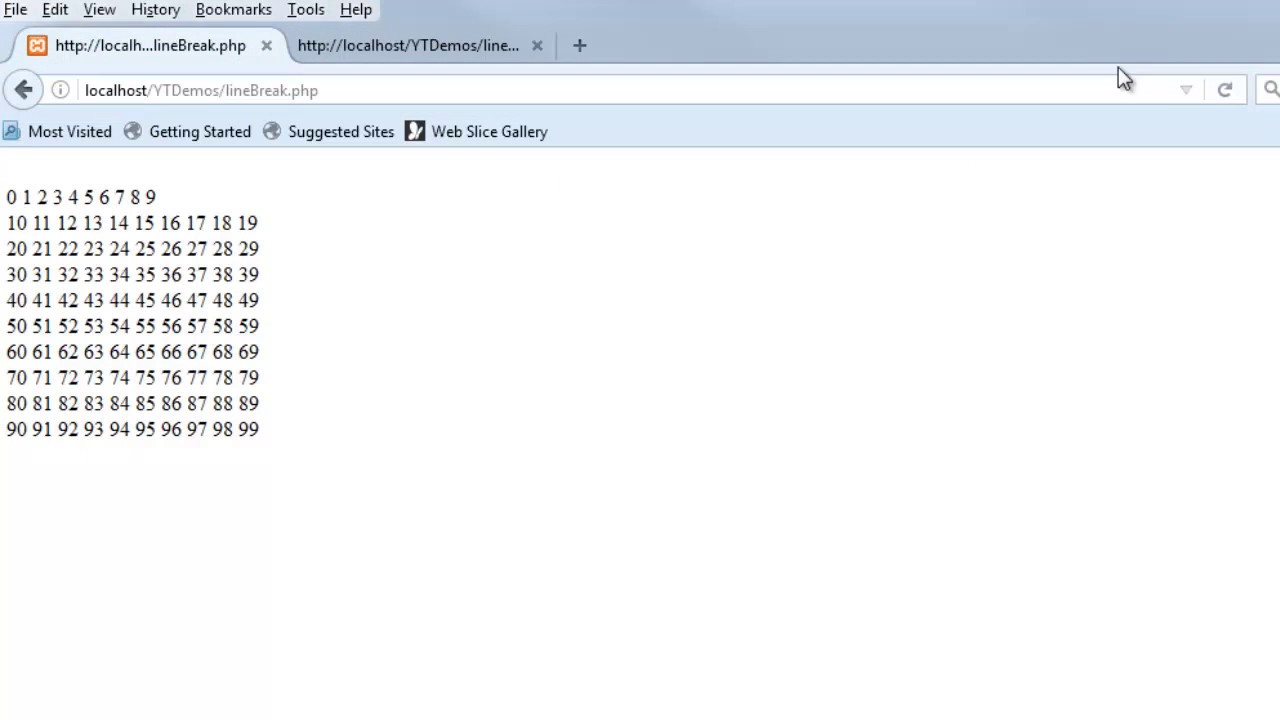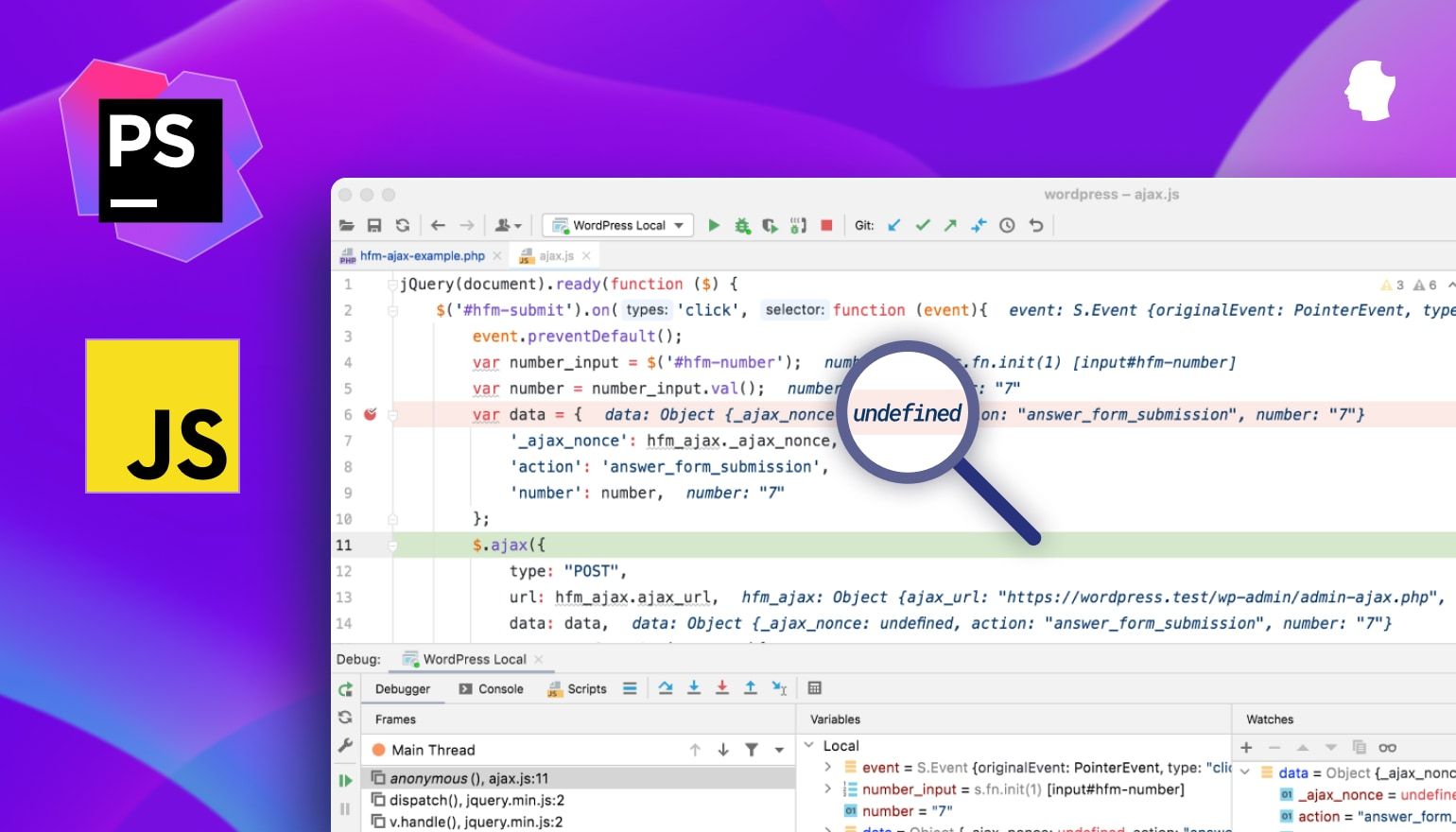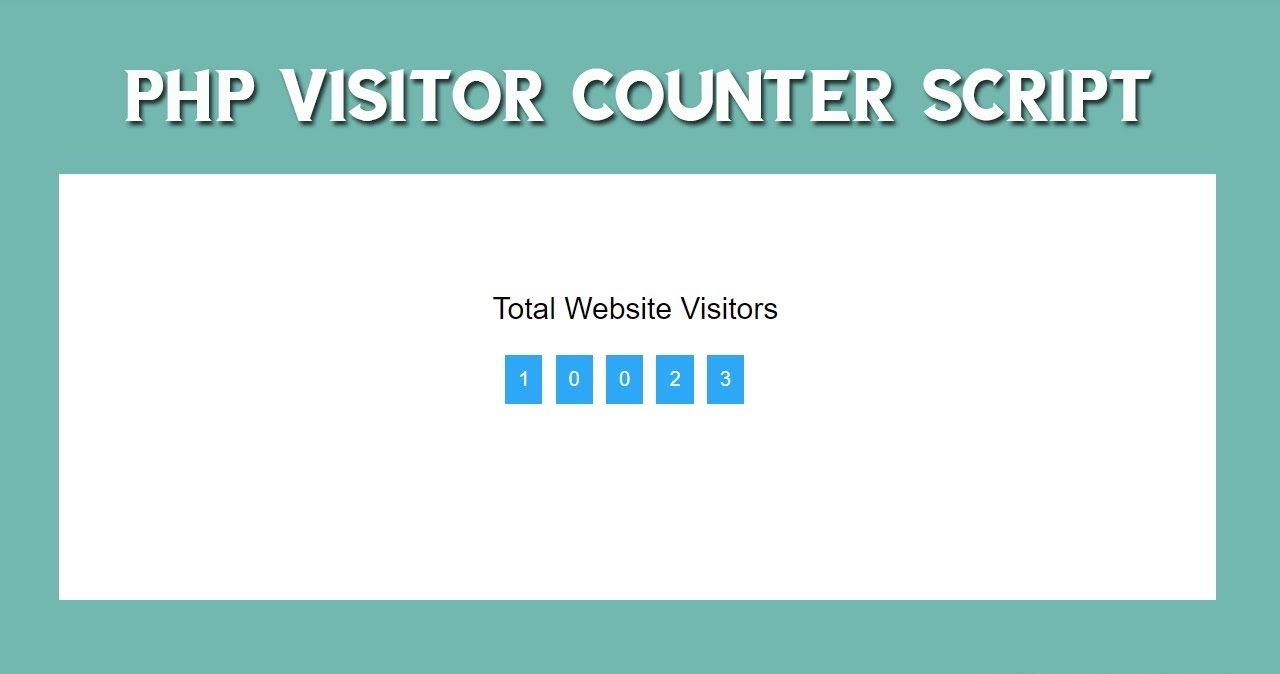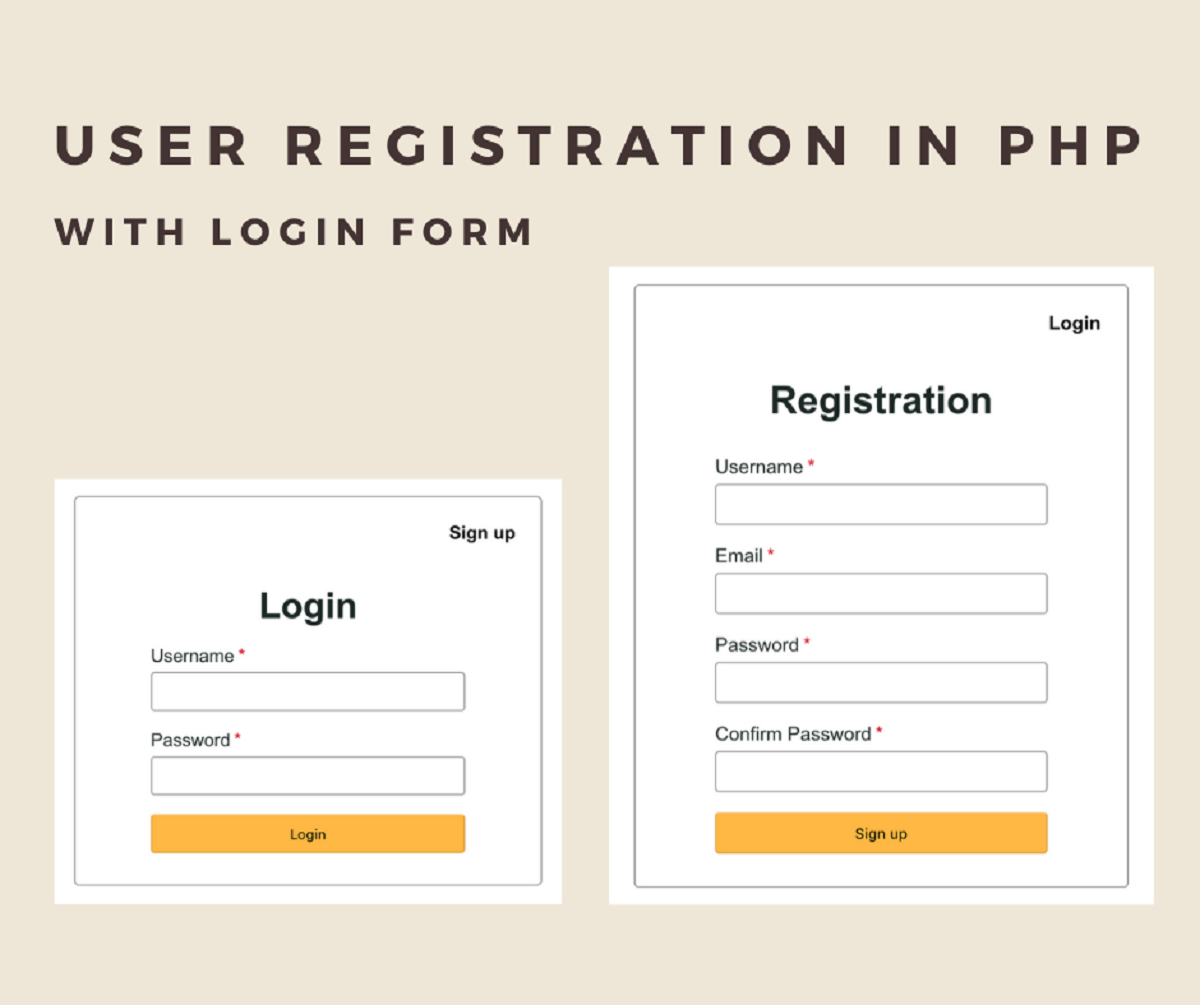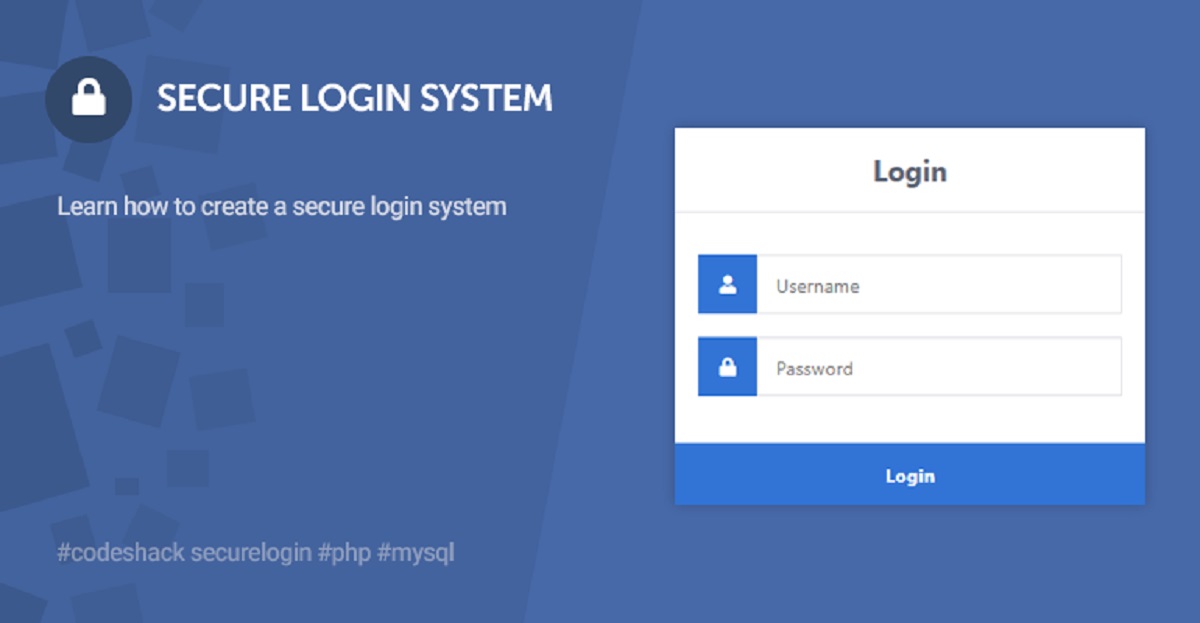Introduction
In the world of web development, creating dynamic and interactive websites is the norm. To achieve this, web developers often need a way to store and retrieve data that is unique to each user. This is where sessions come into play. In PHP, a popular server-side scripting language, sessions provide a mechanism to maintain state and store user-specific information throughout their visit to a website.
When a user visits a website, PHP assigns them a unique identifier called a session ID. This ID acts as a key to retrieve the user’s session data and maintain their state across multiple pages or requests. With sessions, developers can provide a personalized experience to each user by storing and accessing their information during their browsing session.
Sessions are particularly useful in scenarios where a website needs to keep track of user preferences, login statuses, shopping cart contents, or any other data that needs to persist during a user’s visit. By utilizing sessions, developers can enhance the user experience and streamline website functionality.
Throughout this article, we will explore the concepts and functionality of sessions in PHP. We will delve into how sessions work, covering topics such as creating a session, storing data, accessing session data, manipulating it, and ultimately destroying a session when it is no longer needed. Additionally, we will touch upon security measures that should be implemented to ensure the integrity and confidentiality of session data.
Whether you are a beginner web developer looking to understand the basics of sessions in PHP or an experienced developer seeking a refresher, this article will provide comprehensive insights into the world of PHP sessions. Let’s dive in and explore this powerful feature that enables dynamic and personalized websites.
What is a Session in PHP?
In PHP, a session is a server-side mechanism that allows web developers to store and maintain user-specific information throughout their visit to a website. It provides a way to identify and track users as they navigate through different pages or perform actions on a site.
When a user first visits a website, PHP assigns them a unique identifier called a session ID. This ID can be stored in a cookie on the user’s browser or passed through the URL. The session ID acts as a key to retrieve the user’s session data from the server.
Sessions are crucial for creating personalized user experiences. They enable websites to remember user preferences, such as language settings, theme choices, or saved preferences. Sessions are also commonly used for authentication purposes, allowing websites to verify a user’s identity and securely store their login status.
One of the key benefits of using sessions is that they are stored on the server-side, meaning that session data remains secure and cannot be tampered with by users. Only the session ID is sent to the client, ensuring the privacy and integrity of the data.
A session is created and maintained throughout a user’s visit to a website until it is manually destroyed or expires due to inactivity. This allows the user to navigate through different pages without losing any stored data or having to re-authenticate themselves.
Sessions in PHP have a default timeout period, commonly set to 24 minutes, after which the session is considered inactive and may be destroyed. However, the timeout period can be customized to suit the specific needs of a website.
Overall, sessions in PHP provide a powerful tool for web developers to store and manage user-specific information. By utilizing sessions, websites can offer personalized experiences and maintain the state of a user’s browsing session, ultimately enhancing the overall usability and functionality of a website.
How Does Session Work in PHP?
Understanding how sessions work in PHP is essential for utilizing this powerful feature effectively. When a user visits a website, PHP creates a unique session ID and associates it with the user’s session data. This session ID can be stored in a cookie or passed through the URL.
When a user makes a request to a PHP page on the website, the server checks for the presence of a session ID. If a session ID is found, PHP uses it to retrieve the associated session data from the server. This data can include information like user preferences, login status, or any other relevant data that needs to persist throughout the session.
If no session ID is found, PHP creates a new session, assigns a unique session ID to the user, and starts storing session data for them. The session ID is then sent to the client’s browser either as a cookie or appended to the URL for subsequent requests.
As the user navigates through different pages or performs actions on the website, the session ID is sent along with each request. This allows PHP to identify the user and access their session data, providing a seamless and personalized experience.
It’s important to note that session data is stored on the server-side, ensuring its security and integrity. The client browser only receives the session ID, which acts as a reference to retrieve the stored data on the server.
By default, PHP stores session data in a temporary directory on the server. However, this location can be customized by modifying the server’s php.ini configuration file. It’s crucial to ensure that the session data directory has proper permissions to read and write files for the sessions to function correctly.
Once the user’s session is complete or they close their browser, the session can be manually destroyed by the PHP script or set to expire after a certain period of inactivity. This ensures that session data remains secure and is not unnecessarily stored on the server.
In summary, sessions in PHP work by creating and associating a unique session ID with user-specific session data. This session ID is used to retrieve and store data on the server-side, providing users with a personalized and consistent experience as they navigate through a website.
Creating a Session in PHP
In PHP, creating a session is a straightforward process that involves a few key steps. By following these steps, developers can start utilizing sessions and storing user-specific data.
The first step is to start a session using the `session_start()` function. This function needs to be called at the beginning of every PHP page where session data needs to be accessed or modified. It initializes the session and retrieves the session data if it already exists.
Once the session has started, PHP assigns a unique session ID to the user and creates an associated session file on the server. This file will be used to store the session data throughout the user’s visit to the website.
For example, consider the following code snippet:
php
The `session_start()` function must be placed before any output is sent to the browser to avoid any errors.
After starting the session, developers can store data within the session by assigning values to session variables. These variables can hold any type of data, such as strings, integers, arrays, or even objects. Session variables behave like regular PHP variables but have a broader scope, persisting throughout the user’s session.
To store data in a session variable, you can use the `$_SESSION` superglobal array. Simply assign a value to a specific key within the array. For example:
php
In this example, the ‘username’ key within the `$_SESSION` array is assigned the value of ‘JohnDoe’. This data will be stored in the session and can be accessed on subsequent page loads.
It’s worth noting that session variables can be overwritten or updated at any time in the user’s session. This flexibility allows for dynamic and personalized functionality.
In summary, creating a session in PHP involves starting the session with `session_start()`, assigning values to session variables using the `$_SESSION` superglobal, and utilizing these variables to store user-specific data throughout their visit to the website.
Storing Data in a Session
Storing data in a session is a fundamental aspect of utilizing sessions in PHP. It allows developers to save user-specific information that can be accessed and utilized throughout the user’s visit to a website. There are several ways to store data in a session, depending on the type and structure of the data.
The most common approach to store data in a session is by using the `$_SESSION` superglobal array. This array acts as a container for session variables and allows developers to store data in key-value pairs. To store data in a session variable, simply assign a value to a specific key within the `$_SESSION` array.
For example, let’s say we want to store the user’s name and email address in the session:
php
In the above code snippet, the values ‘JohnDoe’ and ‘johndoe@example.com’ are stored in the `$_SESSION` array, with the keys ‘username’ and ’email’ respectively. This data will be accessible throughout the user’s session.
It’s important to note that session variables can store various types of data, including strings, integers, arrays, or even objects. This flexibility allows developers to handle a wide range of information in sessions.
In addition to the `$_SESSION` superglobal, developers can also store data in a session using the `$_COOKIE` superglobal. This approach involves setting a cookie with the desired data and retrieving it on subsequent page loads. However, it’s worth mentioning that using cookies to store session data may not be as secure as storing it server-side, as cookies can be manipulated by users.
When storing data in a session, it’s crucial to sanitize and validate the data to prevent security vulnerabilities or errors. It’s recommended to validate and clean the data before storing it in session variables to ensure the integrity and security of the session data.
In summary, storing data in a session in PHP can be accomplished by utilizing the `$_SESSION` superglobal array. By assigning values to specific keys within this array, developers can store user-specific information that persists throughout the user’s session.
Accessing Session Data
Accessing session data is a crucial aspect of working with sessions in PHP. It allows developers to retrieve and utilize the stored user-specific information throughout the user’s visit to a website. PHP provides a simple and straightforward way to access session data through the `$_SESSION` superglobal array.
To access session data, developers can use the `$_SESSION` array just like any other PHP array. By referencing the key, developers can retrieve the corresponding value stored in the session.
For example, let’s say we have stored the user’s name and email address in the session:
php
In the above code snippet, we access the session data by directly accessing the corresponding keys within the `$_SESSION` array. The values stored in the session are assigned to variables, which can then be used for further processing or output.
It’s important to note that session data can be accessed on any page that has the `session_start()` function invoked. This means that session data can be accessed across multiple pages within the same session.
If a session variable does not exist or has not been set, accessing it will result in a notice or a warning. To prevent these notices, it’s recommended to check if the session variable exists before attempting to access it using functions like `isset()` or `array_key_exists()`.
For example:
php
In this example, we check if the ‘username’ key exists in the session before accessing its value. This ensures that no errors or warnings occur when attempting to access a non-existent session variable.
In summary, accessing session data in PHP is as simple as using the `$_SESSION` superglobal array. By referencing the desired key within this array, developers can access and utilize the stored user-specific information throughout the user’s session.
Manipulating Session Data
Manipulating session data is a crucial aspect of working with sessions in PHP. It allows developers to modify, update, or remove session variables during a user’s visit to a website. PHP provides a range of functions and techniques to manipulate session data effectively.
To update or modify session data, developers can simply assign a new value to a specific key within the `$_SESSION` superglobal array. This overwrites the existing value for that key:
php
In this example, the value of the ‘username’ key within the `$_SESSION` array is updated to ‘NewUsername’.
In addition to updating specific session variables, developers can also add new session variables dynamically as needed:
php
In this case, a new session variable named ‘age’ with a value of 25 is added to the `$_SESSION` array.
Furthermore, session data can be removed or unset using the `unset()` function. This function allows developers to unset a specific session variable or even remove all session variables entirely:
php
In the first example, the ’email’ session variable is unset, removing it from the session. In the second example, the `session_unset()` function is used to remove all session variables, effectively clearing the entire session data.
It’s important to note that when unsetting a session variable, the key will still exist within the `$_SESSION` array, but the corresponding value will be empty or null.
In addition to these basic manipulation techniques, developers can also perform more complex operations on session data, such as manipulating arrays or objects stored in session variables. By retrieving the session variable and using standard PHP array or object manipulation techniques, developers can modify the contents of the session variable as needed.
In summary, manipulating session data in PHP is a vital aspect of utilizing sessions effectively. By assigning new values, adding or removing session variables, developers can update and modify the stored user-specific information, providing a dynamic and personalized experience for users throughout their visit to a website.
Destroying a Session
Destroying a session is an important step in managing session data and ensuring the security and privacy of user information. PHP provides functions to manually destroy a session and remove all associated session data.
To destroy a session in PHP, the `session_destroy()` function is used. This function terminates the current session and removes all session data. It is important to note that this function does not unset the session variables or unset the session cookie on the client’s browser. It only destroys the session data on the server-side.
Here is an example of how to destroy a session:
php
After the `session_destroy()` function is called, the session data is no longer accessible. If the user makes any subsequent requests or loads any other pages, a new session will automatically be created.
While `session_destroy()` destroys the session, it does not completely remove the session cookie from the user’s browser. To fully remove the session cookie, the `setcookie()` function can be used.
Here is an example of how to remove the session cookie:
php
In the above code snippet, the `setcookie()` function is used to set the value of the session cookie to an empty string and set the expiration time to a past date. By providing a past expiration time, the cookie is immediately invalid and removed from the client’s browser.
It’s important to note that when a session is destroyed, all session data associated with that session is permanently deleted. Therefore, it is essential to handle session destruction with caution and ensure that necessary data is backed up or saved before destroying the session.
Lastly, sessions can also be set to expire automatically after a certain period of inactivity. This can be achieved by setting the `session.gc_maxlifetime` directive in the php.ini file or by using the `session_set_cookie_params()` function to set the expiration time for the session cookie.
In summary, destroying a session in PHP involves using the `session_destroy()` function to terminate the session and remove all session data. Additionally, removing the session cookie ensures that the session is fully removed from the user’s browser, providing a clean and secure session management process.
Session Security Measures
Ensuring the security of sessions is of utmost importance in web development. In PHP, there are several measures that can be taken to enhance the security of session management and protect user information from unauthorized access or manipulation.
1. Use HTTPS: It is highly recommended to use secure communication protocols such as HTTPS for transmitting session data between the client and the server. HTTPS encrypts the data, preventing interception and unauthorized access to session information.
2. Regenerate Session ID: To prevent session fixation attacks, it is good practice to regenerate the session ID after a user logs in or performs any action that involves sensitive data. This can be done using the `session_regenerate_id()` function.
3. Secure Session Storage: Store session files in a directory with restricted access permissions. Ensure that the directory is inaccessible to unauthorized users, preventing them from tampering with session data. Additionally, regularly clean up and remove old session files to avoid excessive storage or potential security vulnerabilities.
4. Validate User Input: Always validate and sanitize user input before storing it in session variables. This prevents security vulnerabilities such as code injection or cross-site scripting (XSS) attacks that could compromise session data.
5. Limit Session Lifetime: Set a reasonable session timeout period to limit the lifetime of a session. This helps prevent session hijacking attacks by reducing the time window for an attacker to obtain and abuse a session ID.
6. Restrict Session Access: Implement access controls to ensure that session data is only accessed by authorized users. For example, authenticate and authorize users before allowing them to access sensitive session data or perform certain actions.
7. Destroy Sessions Properly: When a user logs out or when a session is no longer needed, make sure to properly destroy the session using the `session_destroy()` function. Additionally, remember to remove the session cookie from the client’s browser using the `setcookie()` function.
8. Secure Session Cookie: Set secure and HttpOnly flags for the session cookie. Setting the secure flag ensures that the cookie is only transmitted over HTTPS, while the HttpOnly flag prevents client-side scripts from accessing the cookie, reducing the risk of session hijacking through cross-site scripting (XSS) attacks.
9. Implement Session Management Best Practices: Familiarize yourself with other best practices for session management, such as enforcing strong password policies, using two-factor authentication (2FA), and implementing proper session expiration and timeout strategies.
By implementing these session security measures, you can significantly enhance the overall security and integrity of session management in PHP, keeping users’ sensitive data safe from unauthorized access or compromise.
Conclusion
Sessions are a powerful feature in PHP that allow web developers to store and maintain user-specific information throughout a user’s visit to a website. By utilizing sessions, developers can create personalized and dynamic experiences, store user preferences, and provide secure authentication mechanisms.
In this article, we explored the concepts and functionality of sessions in PHP. We learned that a session is a server-side mechanism that assigns a unique session ID to each user and stores their session data on the server. Sessions enable websites to maintain state and store information that persists throughout a user’s session.
We discussed the key steps in working with sessions, such as starting a session, storing data using the `$_SESSION` superglobal array, and accessing and manipulating session data. We also covered security measures, including using HTTPS, regenerating session IDs, securing session storage, validating user input, and properly destroying sessions.
By following best practices for session management and incorporating these security measures, developers can ensure the integrity and privacy of session data, protecting users from unauthorized access or manipulation.
Sessions play a vital role in building interactive and personalized websites. They enable developers to create user-centric experiences and maintain user-specific data throughout a browsing session. Understanding how to create, store, access, manipulate, and destroy sessions is essential for effectively leveraging this powerful feature in PHP.
With the knowledge gained from this article, you are well-equipped to integrate sessions into your PHP projects, offering improved functionality, security, and a more engaging user experience.







